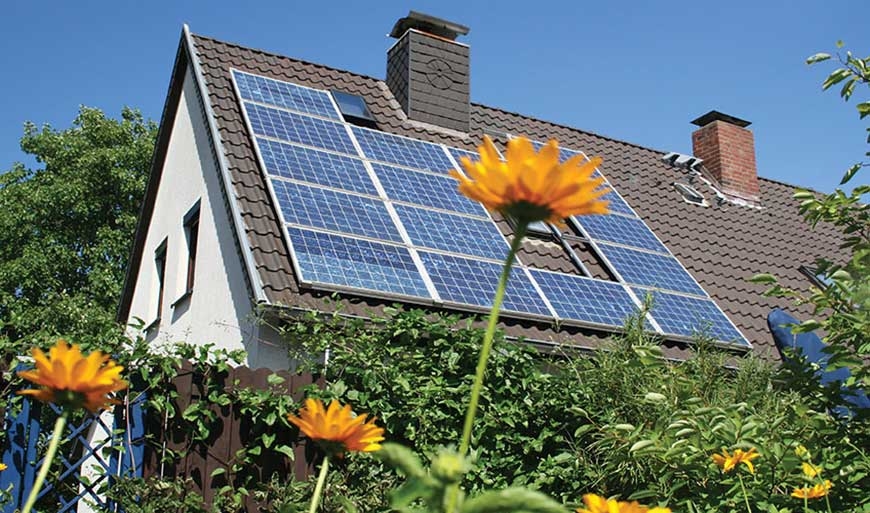Innovation Cuts Solar Power System Wiring, Installation Costs
Single-layer jacket amps up photovoltaic wire offering for leading manufacturer

The Challenge
A leading manufacturer of custom cable systems for the solar industry needed to reengineer its time-consuming production process to capitalize on rapidly growing market opportunities.
The company was producing wire for USE-2 (Underground Service Entrance) applications in solar systems. The wire was installed in the transition from outdoor to indoor use. As a result, it needed to meet both the Underwriters’ Laboratory UL 4703 standard for photovoltaic wire, and the UL 44 standard for interior wiring. In some instances, it also was subject to UL’s Vertical Wire Class 1 rating for flame resistance (VW-1).
To comply with all of these standards meant covering the wire with more than one layer of jacketing and insulation materials – and that meant running the product through the extruder more than once.
This not only added cost, it made for longer cycle times, even as rising demand was pushing the manufacturer to unlock new capacity. In 2014, more than a third of all new U.S. electrical capacity came from solar projects, according to the Solar Energy Industries Association.
In setting reengineering objectives, the manufacturer was mindful that simply layering components that meet the various UL specifications wouldn’t necessarily mean a UL listing for the finished product. The more complex the finished product, the more involved certification would be – delaying the return on any new investment.
That’s why the manufacturer’s technical team hoped to find a single-layer material to jacket and insulate the wire. This would reduce costs, ease certification and – by eliminating secondary extrusion processes – effectively increase manufacturing capacity.
The Solution
The engineering team conferred with Avient to find a material that could meet the stringent requirements. With nothing clearly available in the market, the teams worked to develop an entirely new solution: Syncure™ Solar, a single-layer jacketing and insulation material made of cross-linked polyethylene.
It offered protection from ultraviolet radiation, with improved resistance to heat, cracking, abrasion and creep. It also complied with the critical standards – UL 4703 for photovoltaic wire, UL 44 for indoor use and VW-1 for flame resistance – enabling streamlined production of wires and cables that meet virtually all specifications for solar USE-2 applications.
The Impact
The manufacturer used the new material to produce finished cable and wire with a single pass through the extruder, which simplified production, reduced costs and freed capacity. Benefits from the project were:
- Reduced costs: An estimated savings of $500,000 a year in production costs, primarily through reduced materials and energy costs.
- Increased capacity: Reduced cycle times from the single extruder pass yielded an increase in manufacturing capacity.
- Improved product offering: The resulting cable system can be installed seamlessly from exterior to interior applications. This reduces downstream system costs by eliminating the need during installation to create a junction between interior and exterior wiring.
As the solar energy market continues to evolve, innovation in photovoltaic wire components has done its part to reduce the cost and complexity of this sustainable energy source.